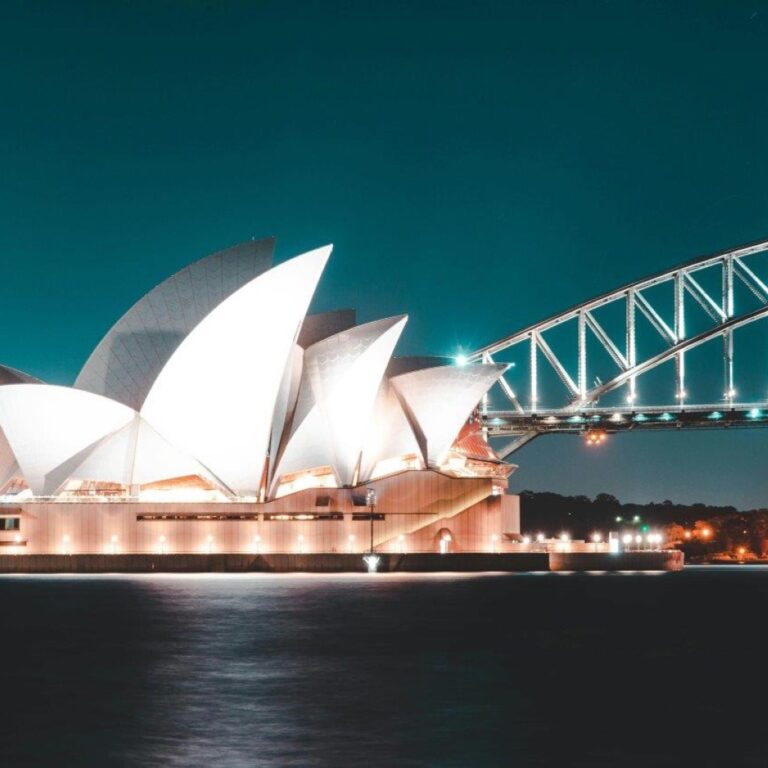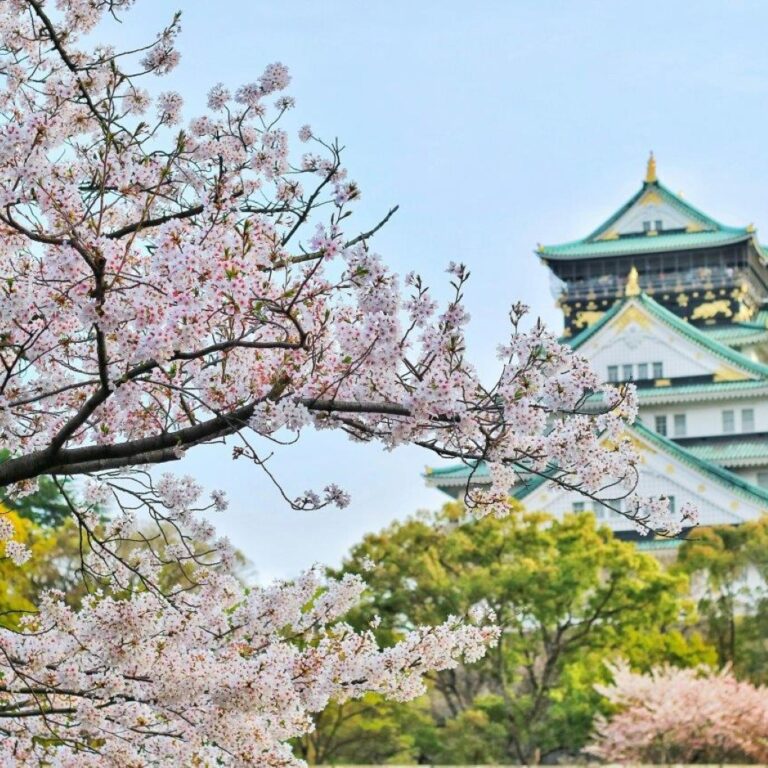Bangkok's full ceremonial name is 'Krung Thep Maha Nakhon,' which means 'City of Angels, Great City of Immortals.'
It is the most populous city in Thailand, with over 10 million residents.
Bangkok was established as the capital of Thailand in 1782 by King Rama I.
The city is home to the Grand Palace, a complex of buildings that served as the official residence of the Kings of Siam since 1782.
Wat Phra Kaew, or the Temple of the Emerald Buddha, is located within the Grand Palace and is one of the most sacred Buddhist temples in Thailand.
Bangkok is famous for its vibrant street food culture, offering a wide variety of delicious and affordable dishes.
The Chao Phraya River, also known as the 'River of Kings,' flows through Bangkok and is a major transportation artery.
Bangkok's Chatuchak Weekend Market is one of the largest markets in the world, with over 15,000 stalls selling everything from clothes to pets.
The city's traffic congestion is notorious, leading to the popularity of alternative transportation methods like tuk-tuks and motorbike taxis.
Bangkok's BTS Skytrain and MRT subway systems are modern and efficient ways to navigate the city.
The Erawan Shrine, dedicated to the Hindu god Brahma, is a popular religious site in the heart of Bangkok.
Bangkok hosts the annual Songkran Festival, the traditional Thai New Year, celebrated with water fights and religious ceremonies.
The city has a tropical monsoon climate, with distinct wet and dry seasons.
Bangkok's nightlife is renowned, with a wide range of bars, clubs, and entertainment venues catering to both locals and tourists.
Bangkok is a major international hub for tourism, finance, and healthcare, attracting millions of visitors each year.


